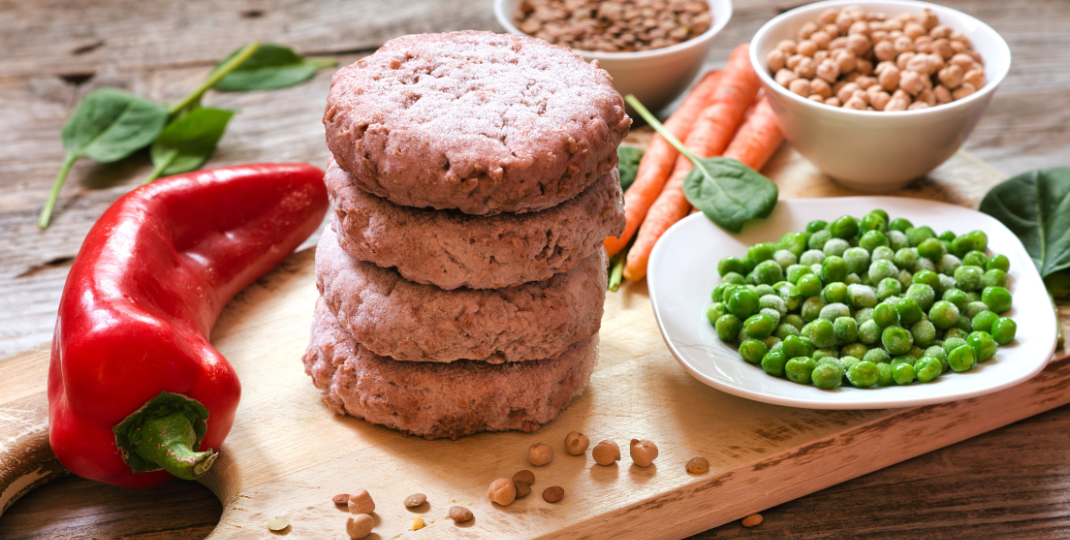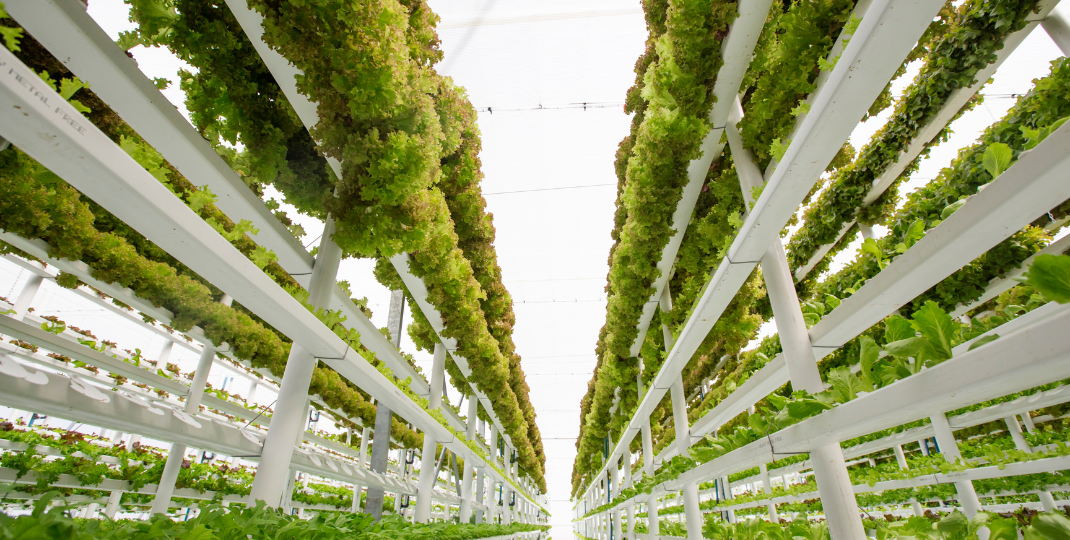Lipids play a crucial role in the structure and function of cell membranes and serve as important energy storage molecules in microalgae. The biosynthesis of lipids in microalgae involves a complex network of enzymatic reactions and metabolic pathways. Specific enzymes catalyze key steps in lipid synthesis, including fatty acid elongation, desaturation, and esterification. These enzymes are tightly regulated to ensure the production of lipids in the appropriate amounts and compositions. Understanding the role of specific enzymes and metabolic pathways in lipid biosynthesis is essential for improving lipid productivity in microalgae for applications such as biofuel production and pharmaceuticals.
Understanding the Role of Enzymes in Regulating Lipid Synthesis in Microalgae
Specific enzymes play a crucial role in regulating the synthesis of different types of lipids in microalgae by catalyzing specific biochemical reactions involved in lipid metabolism. For example, enzymes such as acetyl-CoA carboxylase and fatty acid desaturases are involved in the biosynthesis of fatty acids, while enzymes like glycerol-3-phosphate acyltransferase and diacylglycerol acyltransferase are pivotal in the formation of triglycerides. By controlling the activity of these enzymes, microalgae can produce a diverse range of lipids with varying structures and functions, allowing them to adapt to different environmental conditions and physiological requirements.

What are the key metabolic pathways involved in lipid biosynthesis in microalgae?
The key metabolic pathways involved in lipid biosynthesis in microalgae include the glycolysis pathway, which produces acetyl-CoA as a precursor for fatty acid synthesis; the pentose phosphate pathway, which generates reducing equivalents necessary for lipid synthesis; the tricarboxylic acid (TCA) cycle, which provides additional acetyl-CoA for fatty acid production; and the fatty acid synthase (FAS) pathway, which catalyzes the elongation of fatty acids. These pathways work together to convert carbon sources into lipids, which are essential for cell membrane synthesis, energy storage, and various physiological functions in microalgae.
How do environmental factors influence the expression and activity of enzymes involved in lipid biosynthesis in microalgae?
Environmental factors such as temperature, light intensity, nutrient availability, and pH can all influence the expression and activity of enzymes involved in lipid biosynthesis in microalgae. For example, high light intensity can increase the production of reactive oxygen species which can lead to oxidative stress and affect enzyme activity. Similarly, fluctuations in temperature can alter the fluidity of cell membranes, affecting the accessibility of enzymes to their substrates. Nutrient availability, particularly nitrogen and phosphorus, plays a crucial role in lipid accumulation as they are essential components of lipids. Lastly, pH levels can affect enzyme conformation and stability, ultimately impacting their catalytic efficiency. Overall, understanding and optimizing these environmental factors is essential for enhancing lipid production in microalgae for various applications such as biofuel production.
What is the molecular mechanism by which enzymes catalyze the formation of lipids in microalgae?
Enzymes catalyze the formation of lipids in microalgae through a series of biochemical reactions that involve the activation of fatty acids and their subsequent incorporation into lipid molecules. This process typically involves enzymes such as acyltransferases, acyl-CoA synthetases, and desaturases, which work together to facilitate the synthesis of various lipid species like triacylglycerols and phospholipids. The acyltransferases help transfer activated fatty acids onto glycerol backbones, while desaturases introduce double bonds into fatty acid chains. Overall, these enzymatic reactions play a crucial role in regulating lipid biosynthesis in microalgae and are essential for the production of biofuels and other valuable lipid-derived products.
How do different lipid biosynthesis pathways interact and cross-regulate in microalgae?
Different lipid biosynthesis pathways in microalgae interact and cross-regulate through a series of complex metabolic reactions. This includes the synthesis of fatty acids, triglycerides, and other lipids through various enzymes and pathways such as the Kennedy pathway, glycerolipid biosynthesis, and TAG accumulation. These pathways are interconnected and regulated by various factors such as nutrient availability, light intensity, and temperature. For example, when carbon sources are limited, microalgae may prioritize the production of storage lipids like triglycerides over membrane lipids. Furthermore, these pathways may also be influenced by feedback mechanisms where the accumulation of certain lipids can inhibit enzymes involved in their biosynthesis, leading to a fine-tuned regulation of lipid metabolism in microalgae.

What are the evolutionary origins of the enzymes involved in lipid biosynthesis in microalgae?
The enzymes involved in lipid biosynthesis in microalgae have evolved from ancestral genes that were present in early photosynthetic organisms. These genes underwent gene duplication events and subsequent diversification to give rise to the variety of enzymes involved in lipid metabolism observed in modern microalgae. The evolution of these enzymes was driven by the need for efficient lipid production to store energy and provide membrane structure in response to changing environmental conditions. Over time, natural selection favored mutations that improved the efficiency and specificity of these enzymes, allowing microalgae to thrive in diverse aquatic environments.
How do lipid biosynthesis pathways differ between different species of microalgae?
Lipid biosynthesis pathways in microalgae differ between species due to variations in the enzymes involved, as well as the regulatory mechanisms controlling lipid metabolism. Some species of microalgae have evolved specific adaptations to thrive in different environments, leading to differences in lipid composition and production. For example, certain species may prioritize the synthesis of certain types of lipids for energy storage or stress tolerance, while others may focus on producing lipids rich in unsaturated fatty acids for biofuel production. Additionally, the availability of nutrients and environmental conditions can also influence lipid biosynthesis pathways in different species of microalgae.
What are the potential applications of manipulating enzyme activity in lipid biosynthesis for biotechnological purposes?
Manipulating enzyme activity in lipid biosynthesis can have various biotechnological applications. For example, it can be used to increase the production of specific lipids with desirable properties, such as those with potential use in pharmaceuticals or cosmetics. It could also be utilized to optimize lipid production in microbial fermentation processes, leading to higher yields and more efficient production processes. Additionally, controlling enzyme activity in lipid biosynthesis could aid in the development of biofuels by enhancing the synthesis of lipids suitable for conversion into biodiesel. Overall, manipulating enzyme activity in lipid biosynthesis has the potential to drive innovation and advancements in a range of industries that rely on lipids for various applications.
Exploring the Crucial Role of Enzymes and Metabolic Pathways in Lipid Biosynthesis in Microalgae
In conclusion, specific enzymes play a crucial role in the biosynthesis of lipids in microalgae by catalyzing various metabolic pathways involved in lipid production. These enzymes, such as acetyl-CoA carboxylase and fatty acid synthase, are responsible for converting precursors like acetyl-CoA into fatty acids that are then further modified to form complex lipids. Understanding the intricate mechanisms of lipid biosynthesis in microalgae and the enzymes involved is essential for optimizing lipid production for various industrial applications, including biofuel production and pharmaceuticals. Further research into the regulation and manipulation of these enzymes and metabolic pathways will be crucial in enhancing lipid yields and overall efficiency in microalgae cultivation.
